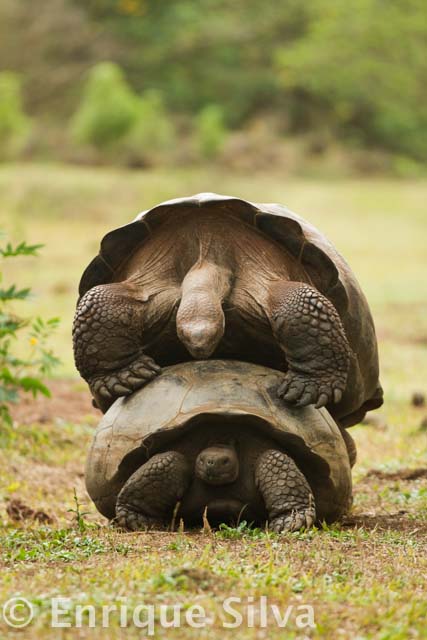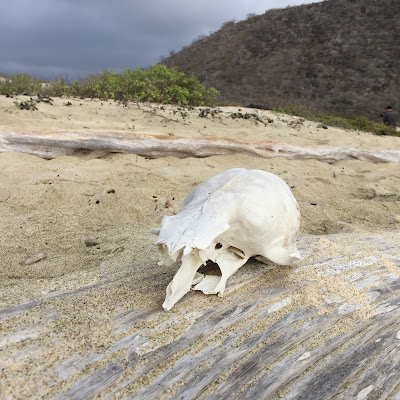National Geographic Islander
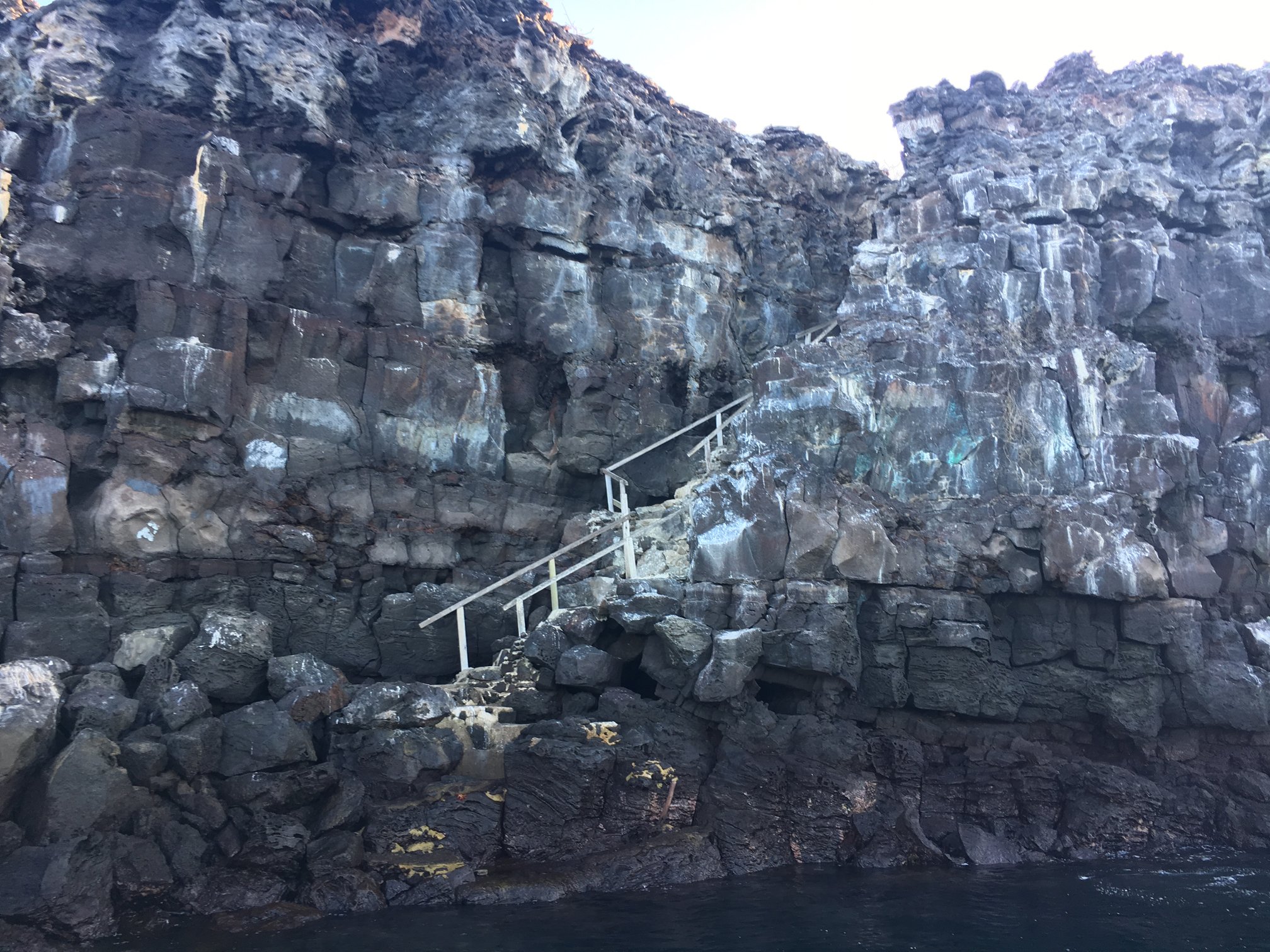
Layers of basaltic lava making up the steep wall of the cliff side at Prince Phillip’s steps; this is our visitor site of the morning. A 90-foot climb to the top of the cliff, from where we walk through the seabird colonies to get to the younger part of the island. Prince Phillip from Edinburg visited and landed on this very place in the 60’s, so today we will follow the steps of the royalty.
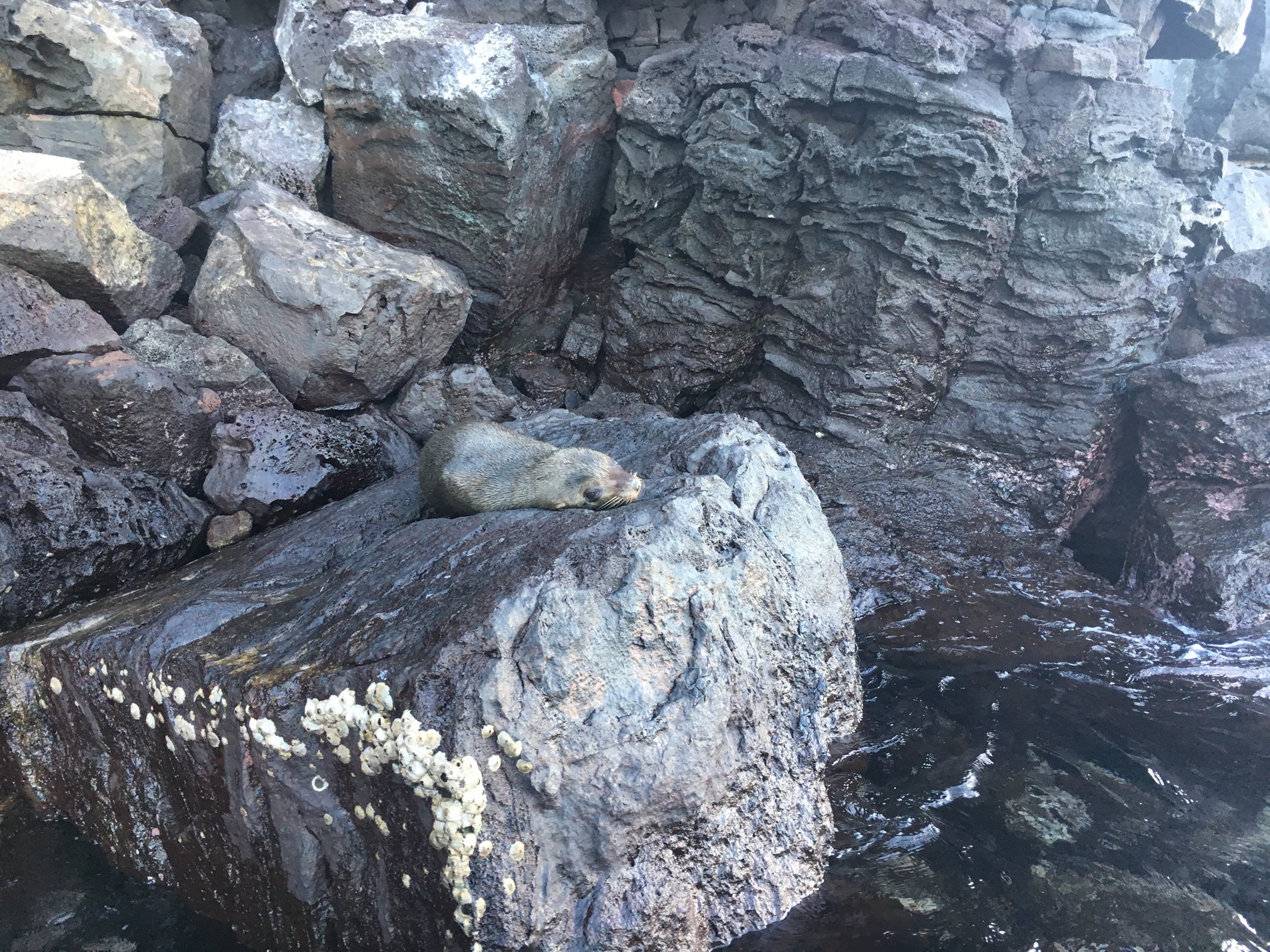
The Galapagos fur-seal is one of those animals that make wonder if you really are at the equator when you visit the Galapagos. The ancestor of this pinniped is from southern Chile, inhabiting the very cold waters of this part of the world. So finding one of these creatures just a few miles off the equator is like seeing a polar bear on a tropical beach.
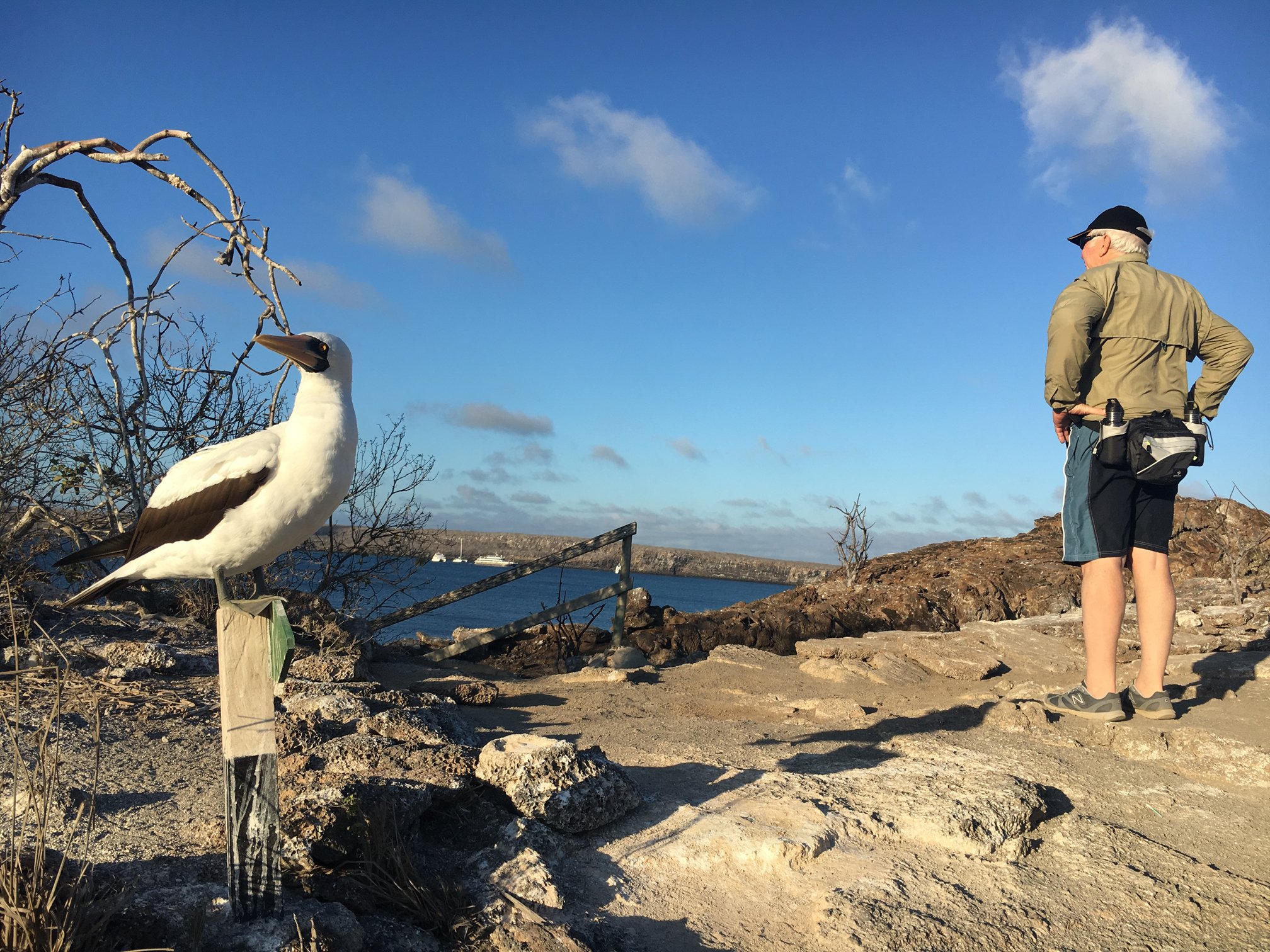
The nazca boobies are definitely a highlight when you are bird watching, since they are very active while on the nest, you can observe constantly courtship behavior, nesting material collections and very often a fight with the neighbor birds. This species is also one of the most studied in the Galapagos since they appear to have a very unique behavior a sets them apart from the rest of the members of its bird family.
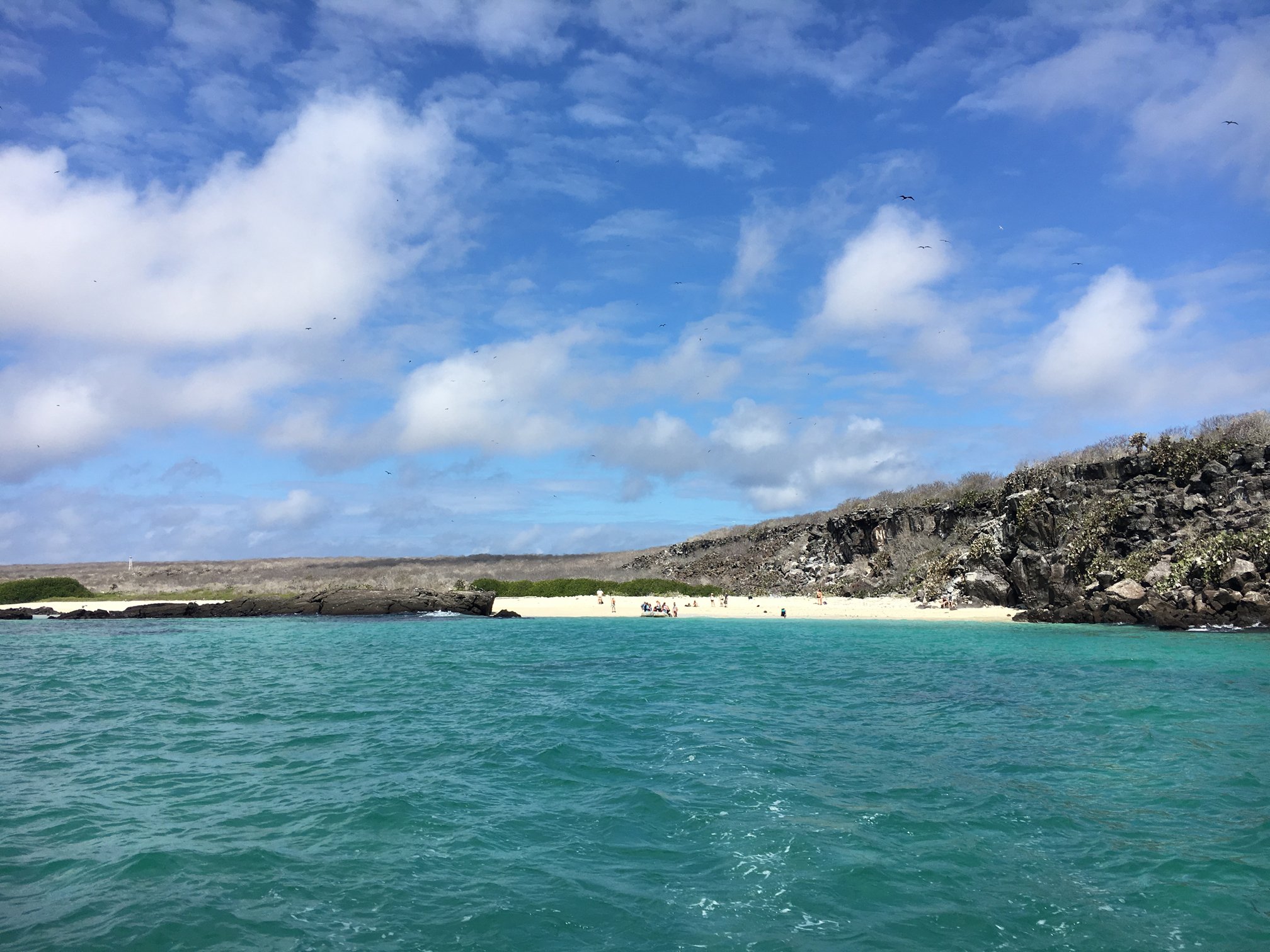
Coralline beaches are quite common in the Galapagos; they cover the very volcanic coasts of many islands. The process of sand-making is very slow when caused by erosion but rather fast when tropical fish and specifically parrot fishes get involved in the process. These kinds of fish pulverize the chunks of coral in order to get to the algae inside, after this happens they excrete the coral dust which eventually settles on the bottom and then washes up ashore.
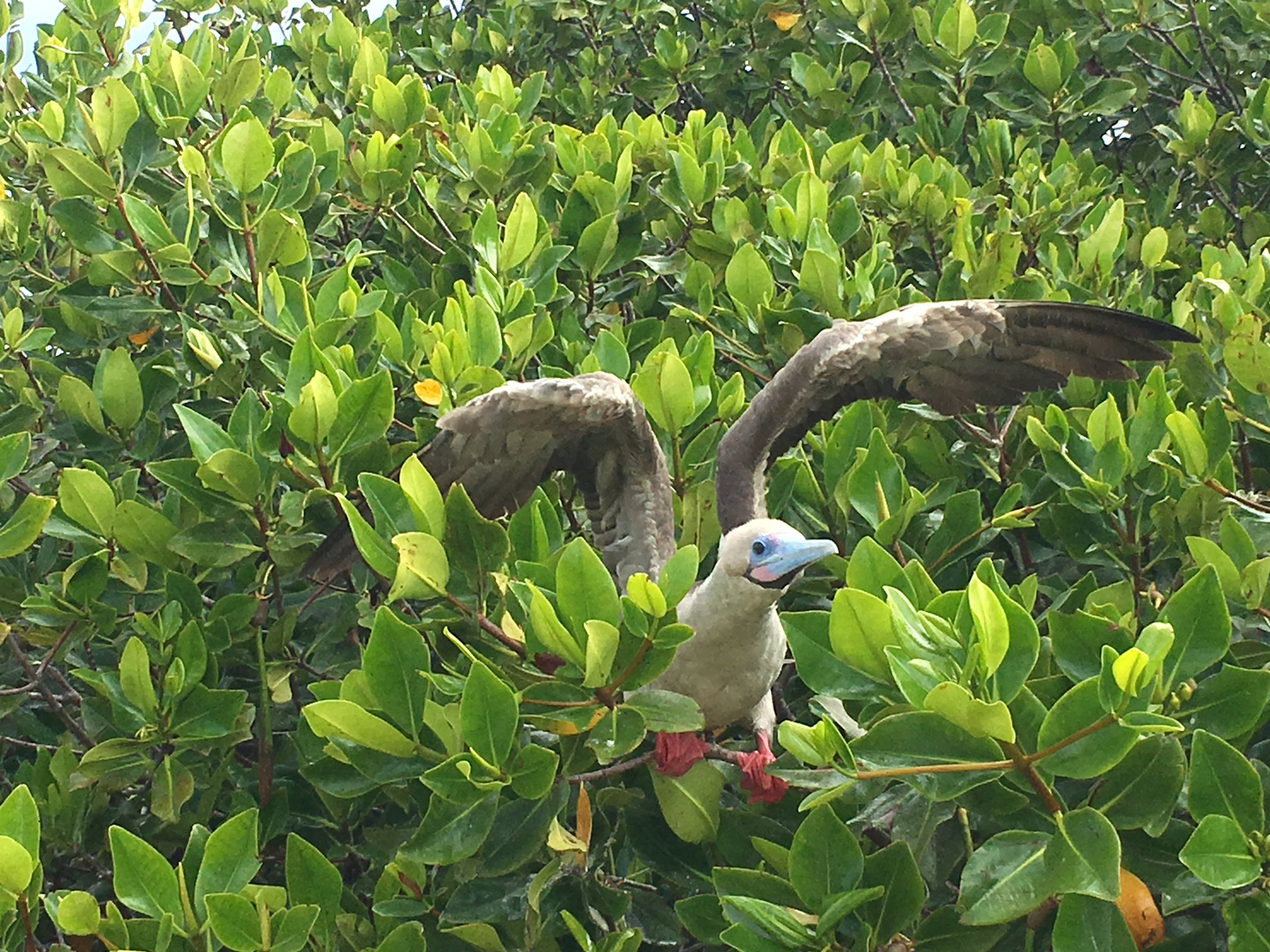
The red-footed boobies is one of the most colorful boobies in the world, they are a polymorphic species, which means they have three different plumage colors in the Galapagos. The most common plumage is brown making up to 90 percent of the populations, the second is white with a little over 5 percent and the least common is a combination of white and brown. Today we will have the opportunity to perhaps see the three of them, since Genovesa Island alone holds the world’s largest population.
The National Geographic Islander takes us to one of the most remote and fantastic islands in the Galapagos. Located on the north-eastern side of the archipelago, holds one of the world’s largest bird populations. Tower island as its named in English is a collapsed caldera, eroded on the south eastern flank allowing entrance to its center where we anchor and visit both sites; Darwin Bay and Prince Phillip’s Steps.
The National Geographic Islander takes us to one of the most remote and fantastic islands in the Galapagos. Located on the north-eastern side of the archipelago, holds one of the world’s largest bird populations. Tower island as its named in English is a collapsed caldera, eroded on the south eastern flank allowing entrance to its center where we anchor and visit both sites; Darwin Bay and Prince Phillip’s Steps.
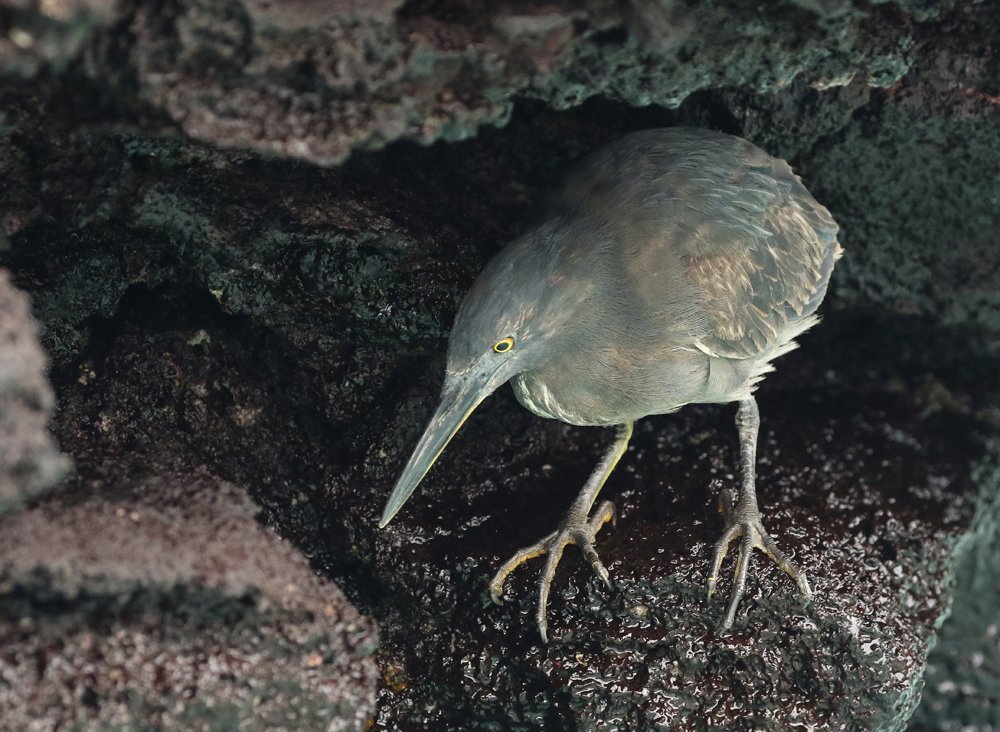
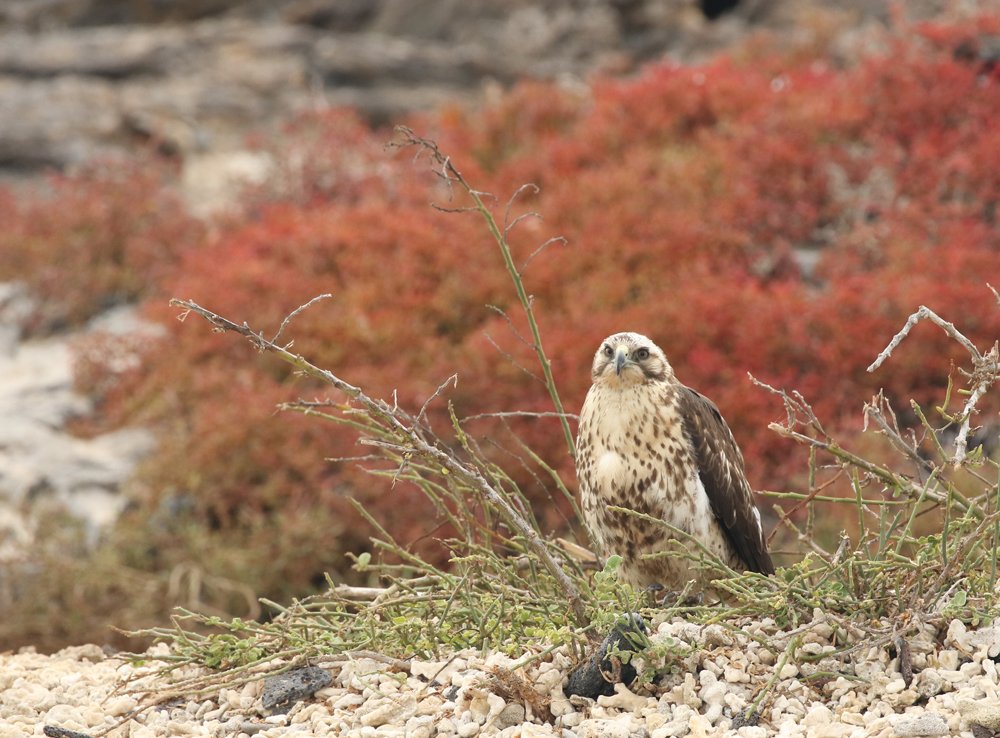

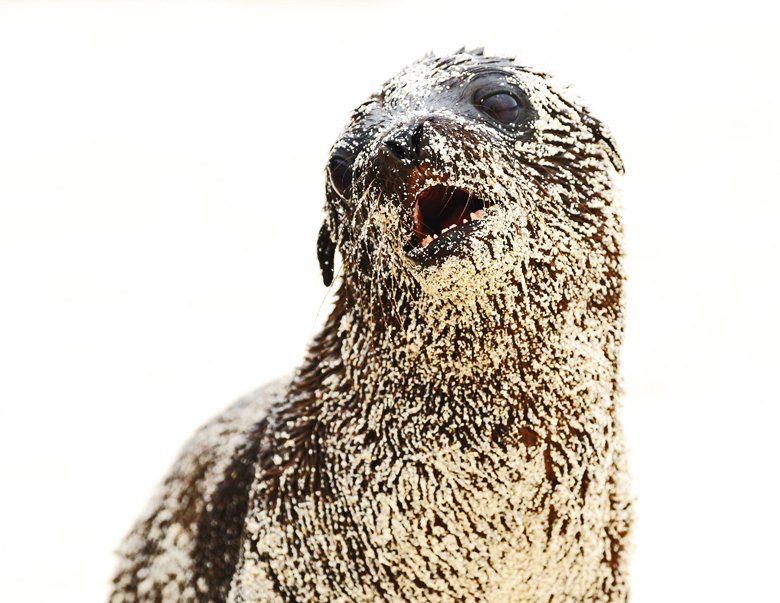

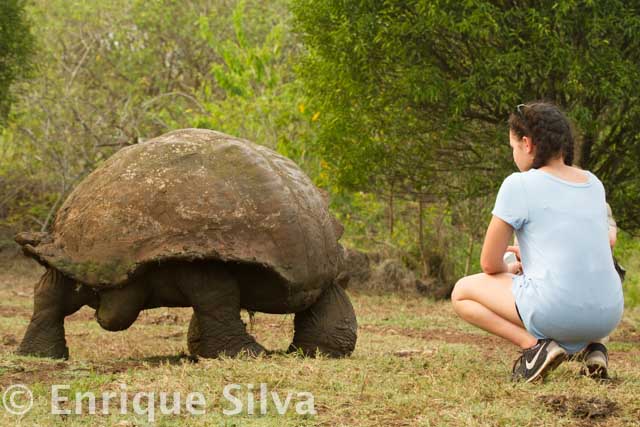 Young explorer next to a Giant tortoise.
Young explorer next to a Giant tortoise. 